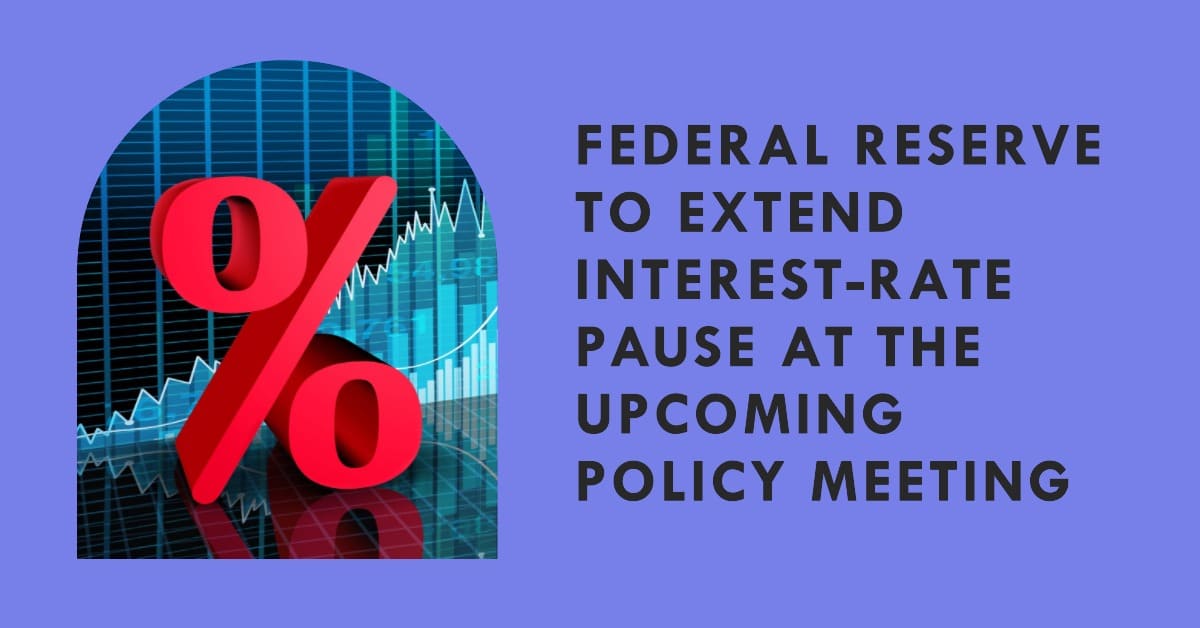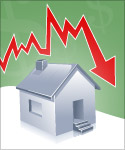
The Federal Reserve, led by Chair Jerome Powell, has sent a clear signal that they could maintain current interest rates at the upcoming policy meeting. The pause in hikes of interest rates can be extended. However, Powell also cautioned that inflation remains persistently high, leaving the door open for potential interest rate increases if the economy remains robust.
According to Powell, “Additional evidence of persistently above-trend growth, or that tightness in the labor market is no longer easing, could put further progress on inflation at risk and could warrant further tightening of monetary policy.” Powell emphasized the need for caution due to uncertainties and risks, hinting that the central bank is unlikely to raise rates at its next meeting in November.
Powell stressed that the Federal Reserve is treading carefully, aiming to strike a balance between being too aggressive and too passive in its monetary policy. He acknowledged that the Fed's rapid rate hikes could still lead to “meaningful tightening” in the near future. Other Fed officials have also urged patience and caution in evaluating economic direction and inflation trends.
He outlined the potential consequences of both doing too little and doing too much. Insufficient action could lead to entrenched above-target inflation, necessitating more drastic monetary policy measures. On the other hand, excessive tightening could harm the economy unnecessarily. The Fed faces a delicate balancing act.
His remarks have set the stage for the upcoming Federal Open Market Committee meeting on November 1. They also come just days before a 10-day period during which Fed officials are prohibited from making public statements. This blackout period adds significance to Powell's words.
Powell highlighted the Federal Reserve's vigilance regarding the recent surge in long-term bond yields, which have increased more than 50 basis points since the last policy meeting in September. Some other Fed officials have suggested that elevated long-term interest rates could reduce the need for further Fed action.
Are There Any Prospects of an Interest Rate Hike?
When asked about the impact of higher yields on the Fed's rate decisions, Powell acknowledged that it could reduce the impetus for rate increases. He clarified that as long as bond yields are rising for reasons other than expectations of Fed rate hikes, it acts as a tightening of financial conditions, aligning with the Fed's objectives.
Powell recognized progress in inflation during the summer but expressed concerns about September's data. Shorter-term measures of core inflation, which exclude volatile food and energy prices, have shown a decline over the most recent three and six months, falling below 3%.
The job market remains strong, but signs of gradual cooling are emerging. Wage growth is declining, approaching levels consistent with 2% inflation over time. The Fed paused its rate hikes last month, but future rate hikes are still on the horizon.
Aside from economic factors, political uncertainty, including conflicts and government shutdowns, can influence the Fed's decisions. Geopolitical tensions are high and pose risks to global economic activity. These factors add to the complexity of the Fed's decision-making process.
Although a rate hike in October seems unlikely, there's still uncertainty about the future. Economists are divided on the possibility of a recession, and the chance of a rate hike at the December meeting remains a topic of discussion.
While the Fed may maintain its current rates in the upcoming meeting, the future remains uncertain. The central bank faces a range of challenges and uncertainties, requiring a cautious and balanced approach to monetary policy.



